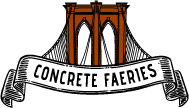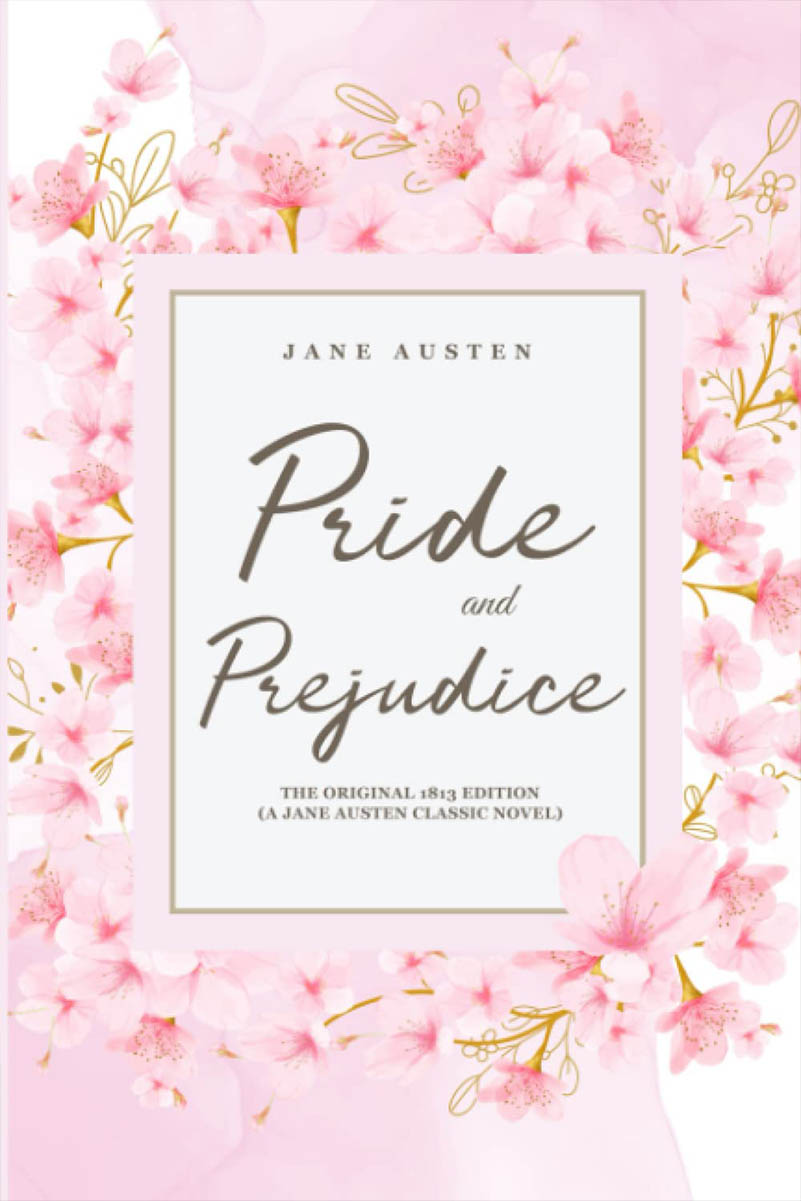Pride and Prejudice
by Jane Austen
“It is a truth universally acknowledged, that a single man in possession of a large fortune, must be in want of a wife.”
The first line of Pride and Prejudice demonstrates Jane Austen’s brilliance. The novel introduces itself as a classic “Marriage Plot.” But it is anything but. “Marriage Plots” usually entail simplistic conflicts, superficial entertainment to the reader, and illustrate marriages within the uppermost class. Pride and Prejudice, while it does carry a vague semblance to the “Marriage Plot” novels, it has a certain complexity and nuance that many of them lack.
Pride and Prejudice tells the story of Elizabeth Bennet and her family; Elizabeth’s mother wants her and her sisters to get married to wealthy status-enhancing men, and Elizabeth struggles to find someone suitable for herself. Elizabeth, in declaring she wants to marry for love, causes problems for her family and for her own financial stability as a young woman. The Bennets are not obscenely wealthy—they are comfortably middle class—and jokes about their status fly in their wealthier social circles. Pride and Prejudice tackles a matter that was rarely brought up when Austen was writing: class differences and inequalities. Although the class difference between the Bennets and the truly upper class may seem menial to the modern reader, the Bennets are forced to live with their inferiority in every part of their lives. Fitzwilliam Darcy, Elizabeth’s love interest, even calls her out for her social and financial inferiority in his wedding proposal to her.
An early “enemies to lovers” novel, Jane Austen’s Pride and Prejudice is hardly antiquated or trite. Although it handles topics that have become an industry standard in the 21st century, at the time it was written it was fresh and novel—it should be taken as such. It’s colorful and comedic, and has a fluidity that is hard to find in the 19th century.
Although Pride and Prejudice is a classic “Marriage Plot,” it digs beneath the surface of what it means to be a traditional love story. It is not simple or straightforward—the characters don’t slowly build their attraction in the court with minor antagonists creating bumps along the way. The novel takes a different approach, making the classic love story more realistic. Her antagonists are not outright vicious—they all have distinct personalities and are characters who are reasonably likable. It’s surprisingly modern and elaborate for a novel that, at first glance, contains typical elements of its day: romance, marriage, minor conflict, and the wealthy.
Pride and Prejudice is a staple of the romance genre, setting the standard for the years to come. It elevated the genre from flimsy love stories to realistic in-depth powerful depictions of relationships and the many plights of lovers.



